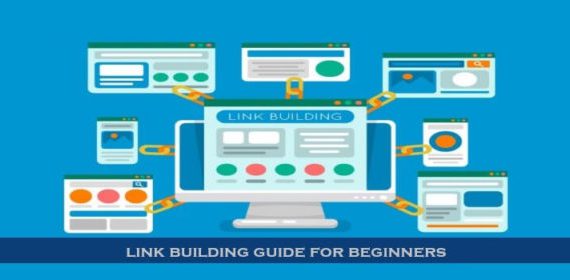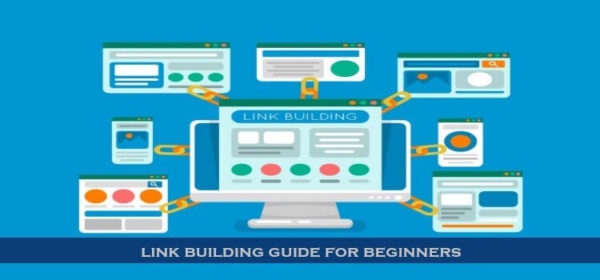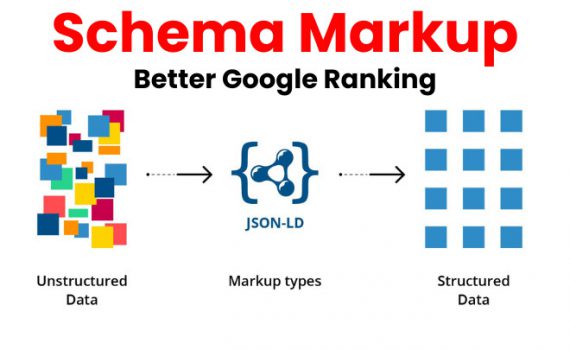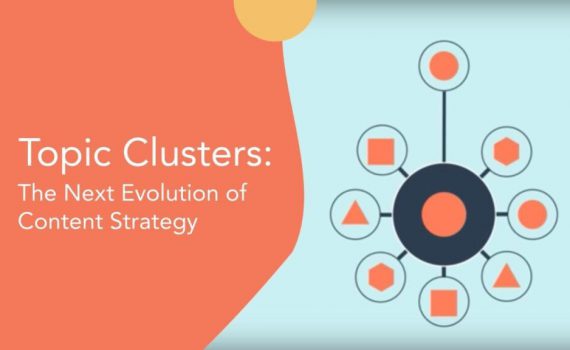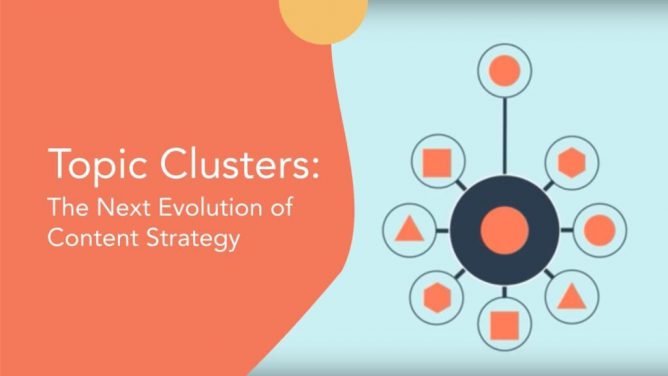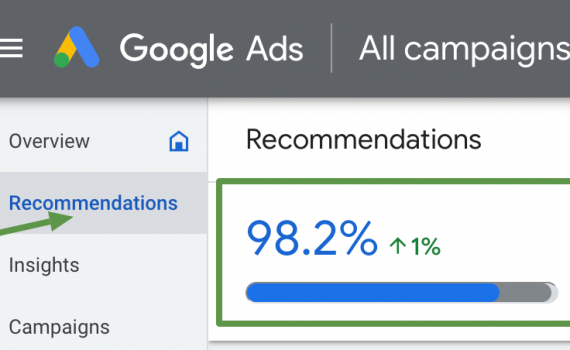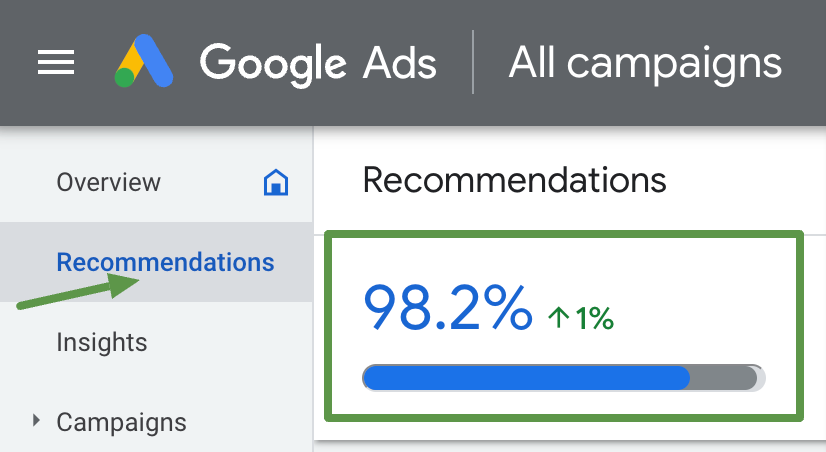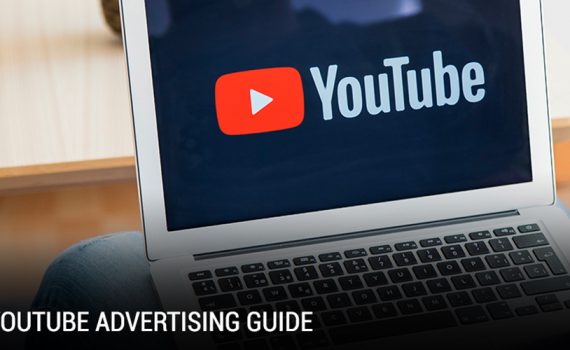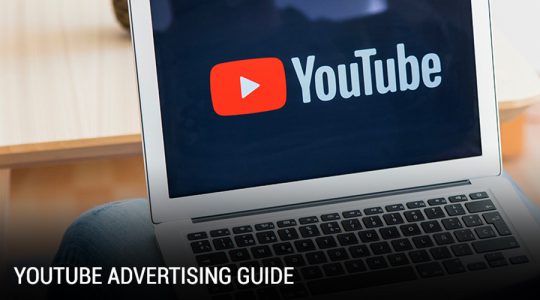
Maximize SEO Budget: Cost-Effective Solutions to Achieve Higher Rankings
Category : Affordable Seo Services
In the ever-evolving digital landscape, where online visibility can make or break a business, effective SEO is no longer an option—it’s a necessity. But with countless SEO providers promising the moon, how do you ensure you’re getting the best value for your budget? At TDHSEO.com, we specialize in delivering cost-effective SEO solutions that maximize your investment and drive tangible results. Here’s how we help you get the most out of your SEO budget while achieving higher rankings.
Understanding the True Value of SEO
Before diving into how to maximize your SEO budget, it’s essential to understand the true value of SEO. Search Engine Optimization is more than just ranking high on Google; it’s about driving targeted traffic, enhancing user experience, and ultimately converting visitors into loyal customers. Effective SEO lays the groundwork for long-term success by building a strong online presence that consistently attracts and engages your target audience.
What We Offer: Tailored SEO Services That Deliver Results
At TDHSEO.com, we offer a range of tailored SEO services designed to meet your specific needs and budget. Our goal is to provide high-impact SEO strategies that deliver measurable results without breaking the bank. Here’s what sets our services apart:
1.Comprehensive SEO Audit
Every successful SEO strategy begins with a thorough audit. We analyze every aspect of your website, from technical SEO and site architecture to content quality and backlink profile. This detailed audit allows us to identify opportunities for improvement and tailor a strategy that aligns with your goals and budget.
2.Keyword Research and Optimization
Targeting the right keywords is crucial for driving qualified traffic to your site. We conduct extensive keyword research to identify high-value, low-competition keywords that align with your business objectives. Our team then optimizes your website’s content, meta tags, and other on-page elements to ensure you rank for these keywords, delivering maximum ROI.
3.Content Strategy and Creation
Quality content is the backbone of any successful SEO campaign. Our content strategy focuses on creating valuable, engaging content that resonates with your target audience and satisfies search engine algorithms. Whether it’s blog posts, service pages, or product descriptions, our content is designed to attract, inform, and convert.
4.Link Building and Outreach
Building a strong backlink profile is essential for improving your site’s authority and rankings. Our link-building strategies focus on acquiring high-quality, relevant backlinks from authoritative sources, boosting your site’s credibility and helping you climb the search engine rankings.
5.On-Page and Technical SEO
On-page and technical SEO are critical components of our approach. We optimize your site’s structure, speed, and mobile responsiveness, ensuring it meets the latest search engine guidelines. By addressing these technical aspects, we enhance your site’s performance and user experience, leading to better rankings and higher conversion rates.
6.Local SEO
For businesses targeting local customers, our local SEO services are designed to increase your visibility in local search results. We optimize your Google My Business profile, build local citations, and ensure your site is fully optimized for location-based searches, driving more local traffic to your business.
7.Ongoing Monitoring and Reporting
SEO is not a one-time effort but an ongoing process. We provide regular reports that track your site’s performance, including keyword rankings, traffic, and conversions. These insights allow us to continuously refine your strategy, ensuring you get the best possible results from your investment.
How to Maximize Your SEO Budget with TDHSEO.com
Maximizing your SEO budget is all about making strategic decisions that deliver the most value. Here’s how partnering with TDHSEO.com helps you achieve more with less:
1.Focus on High-Impact Areas
Not all SEO efforts yield the same results. We focus on high-impact areas that deliver the most value for your investment. Whether it’s optimizing for high-value keywords, improving site speed, or enhancing user experience, we prioritize efforts that have the greatest potential to boost your rankings and drive conversions.
2.Customized Strategies
Every business is unique, which is why we tailor our SEO strategies to meet your specific needs and budget. By focusing on what matters most to your business, we ensure you’re getting the best return on your investment. Our customized approach means you’re not paying for unnecessary services—you’re investing in strategies that deliver real, measurable results.
3.Leverage Data-Driven Insights
Data is at the heart of our SEO strategies. We use advanced analytics tools to track performance and identify opportunities for improvement. By leveraging data-driven insights, we ensure your SEO strategy is continuously optimized for maximum impact, helping you get the most value out of your budget.
4.Efficient Use of Resources
We understand the importance of efficiency in SEO. Our team works diligently to ensure every dollar of your budget is spent wisely. From choosing the right keywords to implementing effective link-building strategies, we make sure your resources are used efficiently to deliver the best possible results.
5.Long-Term Focus
While quick wins are always welcome, our focus is on long-term success. We implement strategies that build a strong foundation for sustained growth, ensuring your site continues to perform well long after the initial optimization. This long-term focus means you’re investing in lasting results, not just temporary boosts.
6.Transparent Pricing and No Hidden Fees
At TDHSEO.com, we believe in transparency. Our pricing is straightforward, with no hidden fees or surprises. You’ll know exactly what you’re paying for and what to expect in terms of results. This transparency ensures you can budget effectively and make informed decisions about your SEO investment.

Cost-effective SEO tactics to maximize budget and boost rankings
The Benefits of Choosing TDHSEO.com
Partnering with TDHSEO.com offers a range of benefits that help you maximize your SEO budget and achieve your online goals:
1.Expertise and Experience
Our team of SEO experts has years of experience in the industry, working with businesses of all sizes across various industries. This expertise allows us to develop effective strategies that deliver results, no matter your budget.
2.Proven Results
We have a track record of success, with countless clients seeing significant improvements in their search engine rankings, traffic, and conversions. Our proven results speak for themselves, showing that you don’t need a massive budget to achieve SEO success.
3.Personalized Service
We take the time to understand your business, goals, and challenges. This personalized approach allows us to create a tailored SEO strategy that aligns with your objectives, ensuring you get the most value out of your investment.
4.Ongoing Support and Communication
SEO is an ongoing process, and we’re with you every step of the way. Our team provides regular updates, reports, and recommendations, ensuring your SEO strategy continues to deliver results. We’re always available to answer questions and make adjustments as needed, providing the support you need to succeed.
5.Cost-Effective Solutions
Our SEO packages are designed to deliver maximum value without breaking the bank. We offer competitive pricing that ensures you get the best return on your investment, making our services accessible to businesses of all sizes.
Why Choose Us?
Choosing the right SEO partner can make all the difference in your online success. Here’s why TDHSEO.com is the best choice for maximizing your SEO budget:
1.Customized, Data-Driven Strategies
We don’t believe in one-size-fits-all solutions. Our strategies are customized to your specific needs and goals, with a focus on delivering the best possible results. By leveraging data-driven insights, we ensure your strategy is continuously optimized for maximum impact.
2.Transparent, Affordable Pricing
Our pricing is designed to be affordable without compromising on quality. We believe in transparency, with no hidden fees or surprises. This ensures you can budget effectively and get the most value out of your investment.
3.Proven Track Record of Success
We have a proven track record of delivering results for our clients. From improved search engine rankings to increased traffic and conversions, our strategies are designed to drive success.
4.Ongoing Support and Maintenance
SEO is not a one-time effort, and we provide ongoing support to ensure your site continues to perform well. Our team is always available to answer questions, provide updates, and make adjustments to your strategy as needed.
Ready to Maximize Your SEO Budget?
At TDHSEO.com, we’re committed to helping you achieve higher rankings and drive more traffic to your website without overspending. Our cost-effective SEO solutions are designed to deliver exceptional value, ensuring you get the most out of your budget.
Contact us today to learn more about our services and how we can help you achieve your online goals. Let’s work together to maximize your SEO budget and take your website to the next level.
